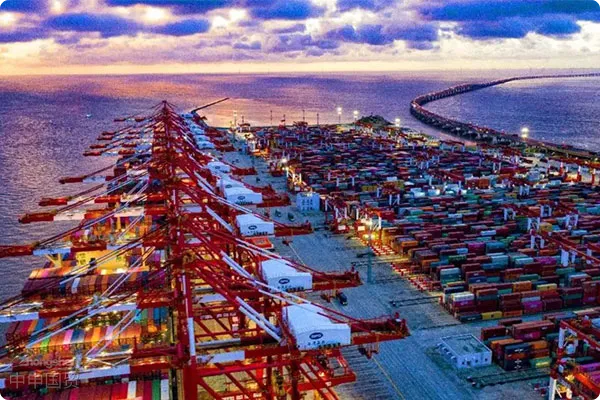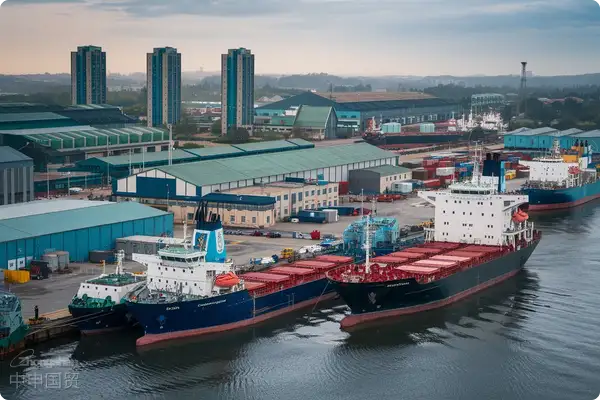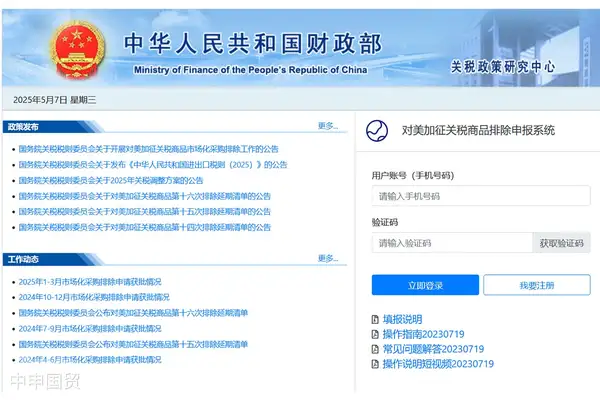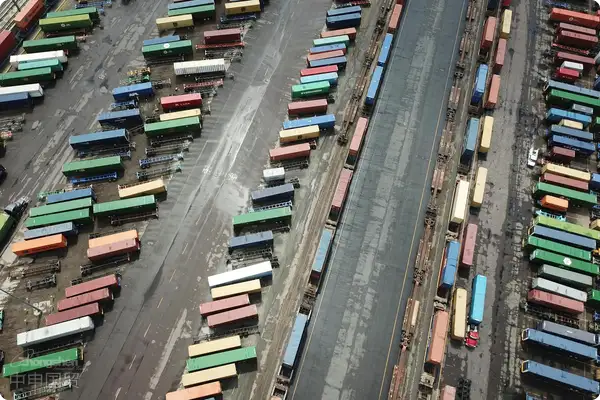- Shanghai Zhongshen International Trade Co., Ltd. - Two decades of trade agency expertise.
- Service Hotline: 139 1787 2118
Certifications and Requirements for Exporting Vacuum Cleaners to the EUWhen exporting metal jewelry to the EU, especially during sample customs clearance, the requirements are often diverse. Especially in the current international environment, the EU has carried out more reviews and supervision of the origin of raw materials. The non - Russian material declaration you mentionedCompliance Recommendations and Summary
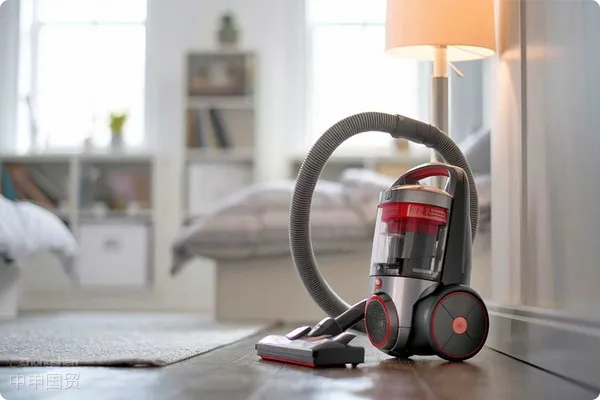
I. Certifications and Requirements for Vacuum Cleaner Exports to the EU
CE certification
CE certification is one of the necessary requirements for vacuum cleaners to enter the EU market. The CE mark indicates that the product complies with relevant EU regulations, including safety and electromagnetic compatibility. As a low-voltage electrical appliance, vacuum cleaners must meet the requirements of the Low Voltage Directive. If radio technology is applied in the vacuum cleaner, it must also comply with the relevant provisions of the Radio Equipment Directive (RED).
Safety Standards
Vacuum cleaners must comply withEN 60335-1standards, which specify general safety requirements for household and similar electrical appliances, ensuring the safety of vacuum cleaners during normal use. Compliance with this standard can effectively reduce the risk of harm to users during operation.
Electromagnetic Compatibility (EMC) Standards
- EN 55014-1: These regulate the electromagnetic emission characteristics of household appliances, power tools, and similar electrical devices, ensuring that products do not cause harmful interference to the surrounding environment.
- EN 55014-2: These specify the anti-interference performance of vacuum cleaners, ensuring stable operation in the presence of external electromagnetic interference.
Energy Efficiency Requirements
The EU has strict regulations on energy efficiency. Vacuum cleaners must comply withenergy efficiency labelsandand the Eco-design Directiverequirements to ensure good energy utilization efficiency during use. Energy efficiency labels help consumers understand the products energy consumption, thereby promoting the use of high-efficiency and energy-saving products.
Material Safety (RoHS Directive)
RoHS (Restriction of Hazardous Substances Directive)requires that electronic components in vacuum cleaners do not contain hazardous substances exceeding specified limits, such as lead, mercury, and cadmium. This safeguards consumer health and environmental safety, ensuring that vacuum cleaners do not cause harmful effects during use or disposal.
Packaging and Waste Management (WEEE Directive)
According toWEEE (Waste Electrical and Electronic Equipment Directive)obligates manufacturers to recycle and dispose of old equipment to reduce the environmental impact of electronic waste. This means vacuum cleaner manufacturers must consider environmentally friendly disposal methods throughout the products lifecycle and assume corresponding responsibilities.
Other Possible Requirements
If your vacuum cleaner is designed for vehicles, it must also comply withEN 50498standards, which cover electromagnetic compatibility requirements for automotive electronics, ensuring safety and stability in automotive environments.
Documentation and Labeling Requirements
Vacuum cleaners exported to the EU must provide the following technical documentation:
- User Manual: Should detail the products usage methods and precautions.
- Declaration of Conformity (DoC): This declaration confirms that the product complies with all applicable EU directives and regulations.
- Risk Assessment Report: Evaluates potential risks in various usage scenarios and outlines measures to mitigate them.
Additionally, the product must have clear markings, including manufacturer information, product name, model, warning labels, etc., to ensure consumers and regulatory authorities can easily understand the products basic information.
II. Compliance Recommendations and Summary
To ensure smooth export of vacuum cleaners to the EU market, manufacturers should collaborate with professionals familiar with local regulations to ensure all necessary certifications and testing requirements are met. Furthermore, it is advisable for manufacturers to establish an internal compliance team dedicated to monitoring product compliance status and improvement measures, ensuring all exported products meet EU standards. These professional teams can help companies stay updated on the latest policies and regulatory changes, providing technical support and regulatory interpretation services.
In addition to working with professionals, manufacturers should provide compliance training to employees to ensure every stage from design to production adheres to EU standards. Such comprehensive training and awareness-raising will help reduce potential risks in the compliance process. At the same time, manufacturers are advised to regularly engage with certification bodies for product testing and certification updates to ensure ongoing compliance.
It is crucial to closely monitor changes in EU regulations, especially compliance with constantly updated environmental, energy efficiency, and safety standards. Through continuous compliance, enterprises can not only reduce trade risks and avoid penalties and market access restrictions due to non-compliance but also effectively enhance their products competitiveness in the international market, winning consumer trust and preference.
Related Recommendations
? 2025. All Rights Reserved. Shanghai ICP No. 2023007705-2  PSB Record: Shanghai No.31011502009912
PSB Record: Shanghai No.31011502009912
